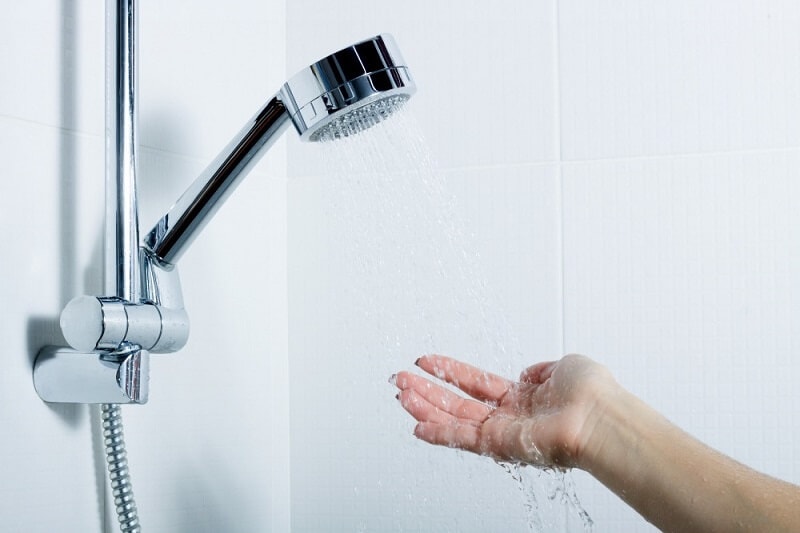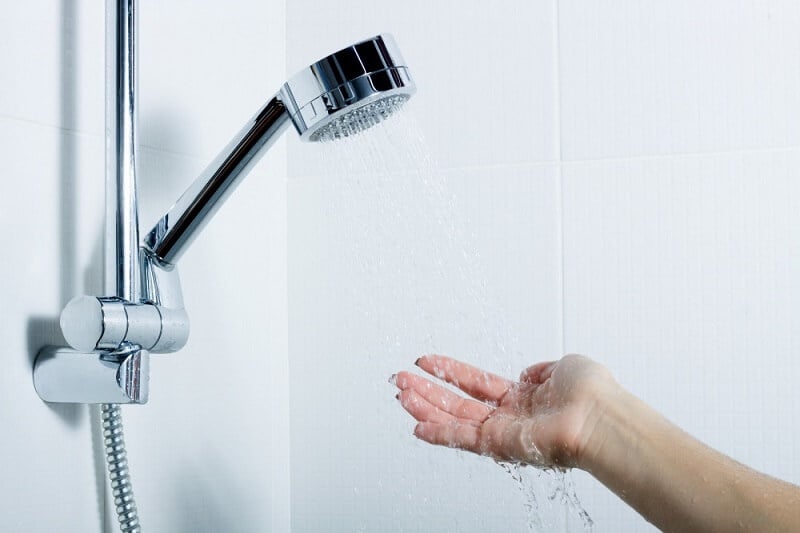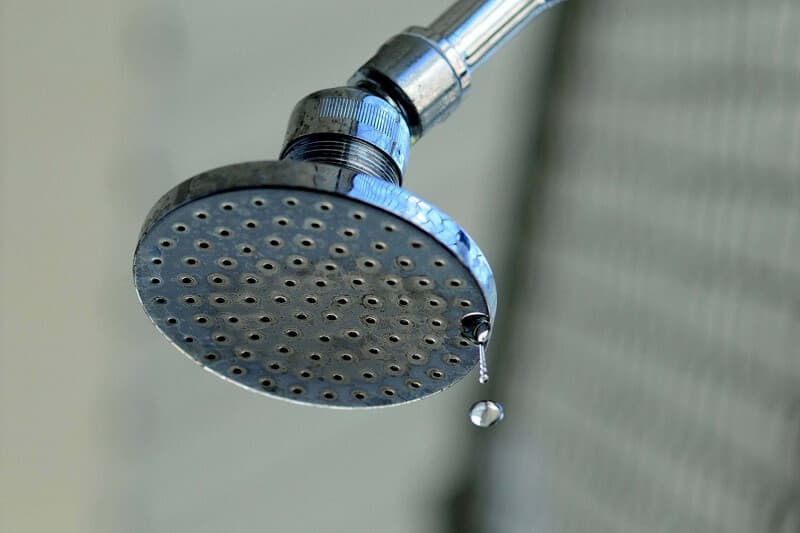
Understanding Water Pressure Problems
Adequate water pressure is essential for daily activities - from satisfying showers to efficient appliance operation. Low pressure is frustrating, while excessively high pressure damages plumbing.
Normal Water Pressure Range
Ideal residential water pressure is 45-60 PSI (pounds per square inch). Pressure below 40 PSI is considered low, while above 80 PSI can damage fixtures and pipes.
Common Causes of Low Water Pressure
1. Closed or Partially Closed Shut-Off Valves
The simplest cause - and easiest fix. Main shut-off valves or individual fixture valves may not be fully open after maintenance work.
Solution:
- Locate your main water valve (usually near water meter)
- Ensure it's fully open (turned counterclockwise completely)
- Check individual fixture shut-off valves under sinks and toilets
2. Clogged Aerators and Showerheads
Mineral deposits accumulate in aerators and showerhead nozzles, restricting water flow. This is especially common in Sydney areas with hard water.
Solution:
- Unscrew aerator from tap spout
- Soak in white vinegar for 2-4 hours
- Scrub with old toothbrush
- Rinse and reinstall
- Repeat for all affected fixtures
3. Corroded or Clogged Pipes
Older homes with galvanized steel pipes suffer from internal corrosion and buildup that narrows pipe diameter, reducing flow.
Signs of Pipe Corrosion:
- Discolored (brown/rusty) water
- Progressive pressure loss over months/years
- Different pressure at different taps
- Home built before 1960s
Solution:
Pipe replacement is the only permanent solution. Modern copper or PVC pipes restore full pressure and last decades.
4. Leaking Pipes
Hidden leaks reduce available pressure by diverting water before it reaches fixtures. Even small leaks have noticeable effects.
Signs of Hidden Leaks:
- Unexplained water bill increases
- Water meter runs when all taps are off
- Damp spots on walls, ceilings, or floors
- Mold or mildew growth
- Sound of running water when all fixtures are off
Solution:
Professional leak detection using acoustic sensors and thermal imaging locates hidden leaks for repair.
5. Pressure Regulator Failure
Pressure regulators (PRVs) control incoming water pressure. When they fail, pressure can drop significantly.
Solution:
Test pressure with a gauge. If below 40 PSI and main valve is open, the PRV likely needs adjustment or replacement.
6. Main Water Line Issues
Problems with the main water supply line affect entire properties:
- Tree roots crushing or penetrating pipes
- Sediment buildup in main line
- Corroded galvanized main
- Undersized main for property size
Solution:
Professional assessment determines if main line needs cleaning, repair, or replacement.
7. High Demand/Simultaneous Usage
Running multiple fixtures simultaneously (shower + washing machine + dishwasher) temporarily reduces pressure throughout the home.
Solution:
If this occurs regularly, your pipe size may be inadequate. Upgrading main supply pipe diameter solves the issue.
8. Municipal Water Supply Issues
Sometimes the problem isn't in your home. Municipal supply pressure may be low, especially during peak usage or maintenance.
Solution:
- Check with neighbors if they experience same problem
- Contact Sydney Water to report low pressure
- Install a pressure booster pump if municipal pressure is consistently low
High Water Pressure Problems
While less common complaints, excessive pressure (above 80 PSI) causes serious problems:
- Damaged washers and seals causing leaks
- Noisy pipes (water hammer)
- Shortened appliance lifespan
- Increased water usage and bills
- Burst pipes or fittings
Solution for High Pressure:
Install or adjust a pressure regulator to reduce incoming pressure to safe levels (50-60 PSI).
DIY Diagnosis Steps
Step 1: Determine Extent of Problem
- Single fixture affected? Likely aerator/showerhead blockage
- All fixtures in one bathroom? Issue with that branch line
- Entire house? Main line, valve, or regulator problem
Step 2: Check the Obvious
- Ensure main shut-off valve is fully open
- Check fixture shut-off valves
- Clean aerators and showerheads
- Ask neighbors if they have issues (rules out municipal problem)
Step 3: Test Pressure
Purchase a pressure gauge from hardware store:
- Attach to outdoor tap or washing machine tap
- Open valve fully
- Read pressure (normal: 45-60 PSI)
Professional Solutions
Pressure Booster Pumps
For persistent low pressure from municipal supply:
- Whole-house boosters increase pressure throughout property
- Point-of-use boosters for specific fixtures
- Automatic operation maintains consistent pressure
Pipe Replacement
Modern materials restore full flow:
- Copper pipes: Durable, high-flow, lasts 50+ years
- PEX pipes: Flexible, affordable, easy installation
- PVC pipes: Corrosion-proof, ideal for main lines
Pressure Regulator Services
- Testing and adjustment
- Replacement of failed units
- Installation where none exists
Leak Detection and Repair
Advanced technology locates hidden leaks:
- Acoustic leak detection
- Thermal imaging cameras
- Pressure testing
- Minimal-damage repairs
When to Call a Professional
Contact Panther Plumbing Group if:
- Simple fixes don't resolve low pressure
- You suspect hidden leaks
- Pressure is below 30 PSI or above 80 PSI
- You need pressure testing or booster pump
- Pipes need replacement or upgrading
- Problem affects entire house
Sydney Water Pressure Services
Panther Plumbing Group offers comprehensive water pressure solutions:
- Pressure testing and diagnosis
- Leak detection and repairs
- Pressure regulator installation and service
- Booster pump installation
- Pipe replacement and upgrades
- Main line services Call 0404 939 121 for expert water pressure solutions across all Sydney suburbs.
Panther Plumbing Group
Licensed plumbing specialists serving Sydney since 2015. NSW Licence #369675C. Our team of certified plumbers brings 10+ years of combined experience in residential, commercial, and emergency plumbing services across all Sydney suburbs.



